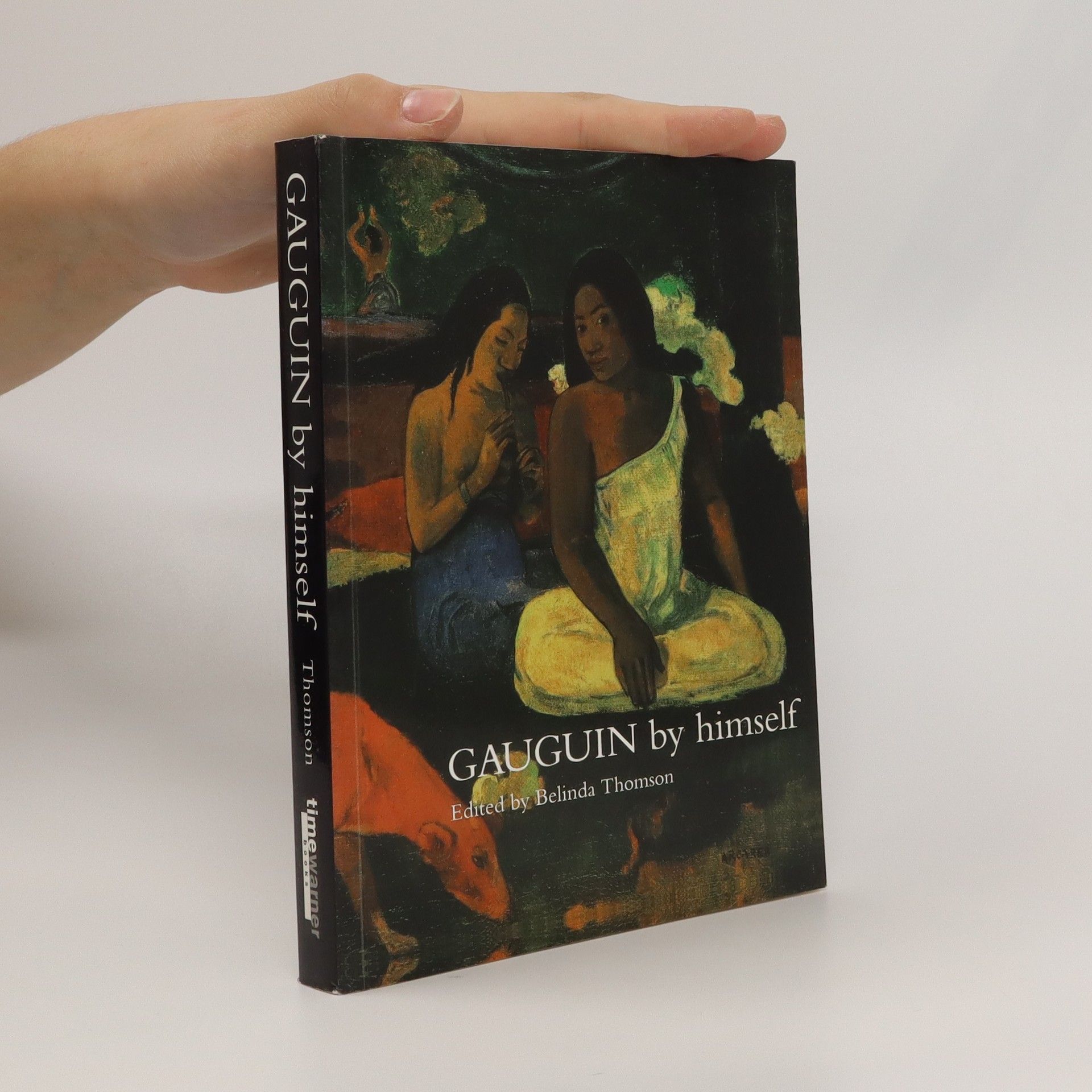Franse meesters uit het Metropolitan Museum of Art
Realisten en Impressionisten
- 87bladzijden
- 4 uur lezen
Catalogus met uitgebreide beschrijvingen van de tentoongestelde schilderijen.
Paul Gauguin, geïnspireerd door de impressionisten, verliet een succesvolle financiële carrière om zich volledig aan kunst te wijden. In Pont-Aven, Bretagne, smeedde hij een nieuwe stijl die bekend staat als Synthetisme, waarbij hij zintuiglijke gegevens ordende en vereenvoudigde tot de fundamenten. Zijn revolutionaire kleurgebruik voor zijn emotionele kracht in plaats van zijn mimetische vermogen, toegepast in brede, donker omlijnde vlakken, beïnvloedde begin twintigste-eeuwse kunstenaars aanzienlijk. Gauguin zocht naar het expressieve potentieel in landelijke en "primitieve" culturen, wat hem naar Tahiti leidde, waar hij ernaar streefde zijn eigen visie op de wereld uit te vinden en uit te drukken, waarbij hij de Polynesische mythologie verweefde met westerse elementen. Zijn werken, waaronder houtsneden en grafiek, behandelen vragen over leven, dood en kennis, wat hem tot een sleutelfiguur in het Post-Impressionisme maakt.







Realisten en Impressionisten
Catalogus met uitgebreide beschrijvingen van de tentoongestelde schilderijen.
Unappreciated in his own lifetime, Paul Gauguin (1848-1903) is now recognized as one of the giants of French postimpressionism and a pioneer of early modernism. A rebel in both art and life, he rejected his bourgeois upbringing and comfortable stockbroker's job to devote his life to painting. Eventually, dismayed by the "hypocrisy of civilization" and in search of a primitive idyll, he left Paris and took up residence in the South Seas, first in Tahiti and, later, in the Marquesas Islands. He would never return to Europe. In the final months of his life, he wrote this witty, revealing autobiographical memoir with the request that it be published upon his death. It first appeared in the original French in 1918, and was translated into English three years later. As his son Émile wrote in the preface, "These journals are an illuminating self-portrait of a unique personality. They bring sharply into focus for me his goodness, his humor, his insurgent spirit, his clarity of vision, his inordinate hatred of hypocrisy and sham."Wide-ranging and elliptical, these candid reflections reveal Gauguin's thoughts about many subjects, including frank views on his fellow artists back in Paris, his turbulent relationship with Van Gogh and the charms of Polynesian women, while providing glimpses into his often far-from-idyllic life in the islands. This beautiful facsimile reproduces the first American translation of the journals, a rare limited edition privately published in New York in 1921 for a select group of subscribers. With full-page sketches by the artist, these entertaining and enlightening musings give us a unique insight into Gauguin the man and the artist. Translated from French by Van Wyck Brooks (1886-1963)
Traces the career of the post-Impressionist whose principles of color & composition strongly influenced modern paintin~~g, from his earliest works to his signature South Seas paintings of island life. Chronology. 9" x 11 3/4". Full-color plates & b&w illus.
Unsere Kalender sind auf umweltfreundlichem Papier gedruckt und vom FSC zertifiziert. 16-Monats-Kalender mit internationalen Feiertagen und den Feiertagen der wichtigsten Weltreligionen. Broschürenkalender - Fine Arts 30x30 cm (geöffnet 30x60 cm)
Inspired by a primitive way of life, Paul Gauguin came to reject the world of the Impressionists, leaving Parisian society in search of paradise. Explore the life of this 19th-century French artist through his astonishingly vibrant and exotic paintings. The DK ArtBook series presents both the life and works of each artist within the cultural, social, and political context of their time. To make the books easy to consult, they are divided into three areas -- the life and works of the artist, historical and cultural background, and analysis of major works -- which are identifiable by side bands. Each spread focuses on a specific theme, with an introductory text and several annotated illustrations. Few art history texts contain such abundance of full-color illustrations. The index section is also illustrated and gives background information on key figures and the location of the artist's works.